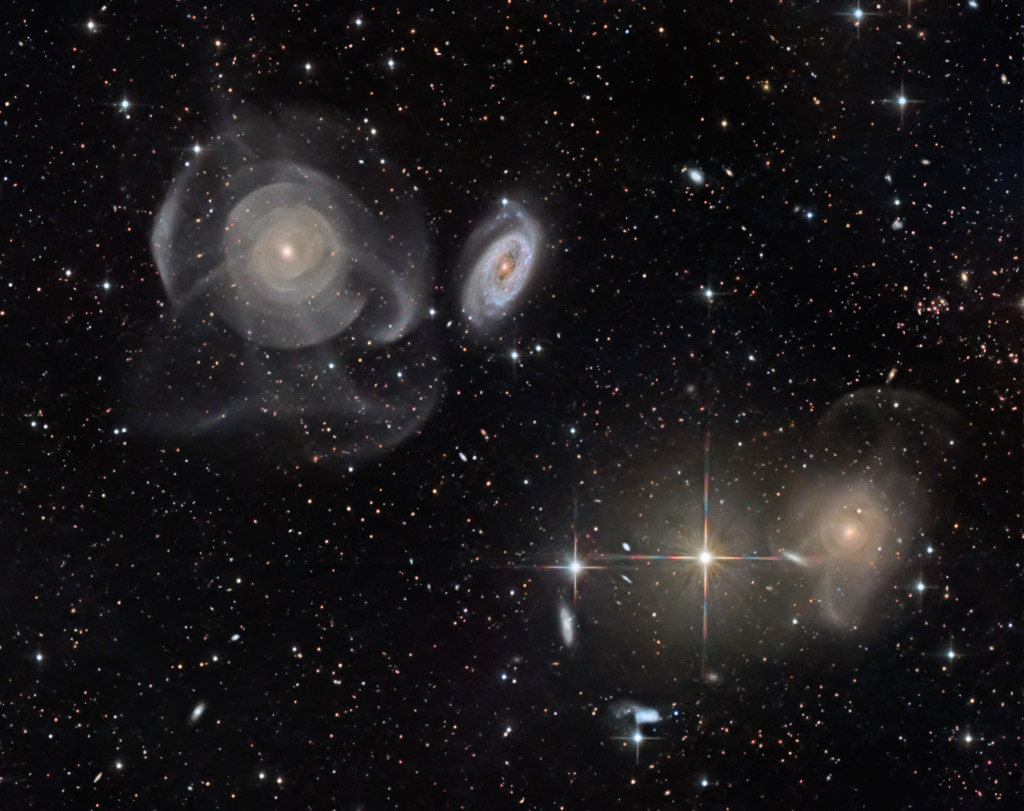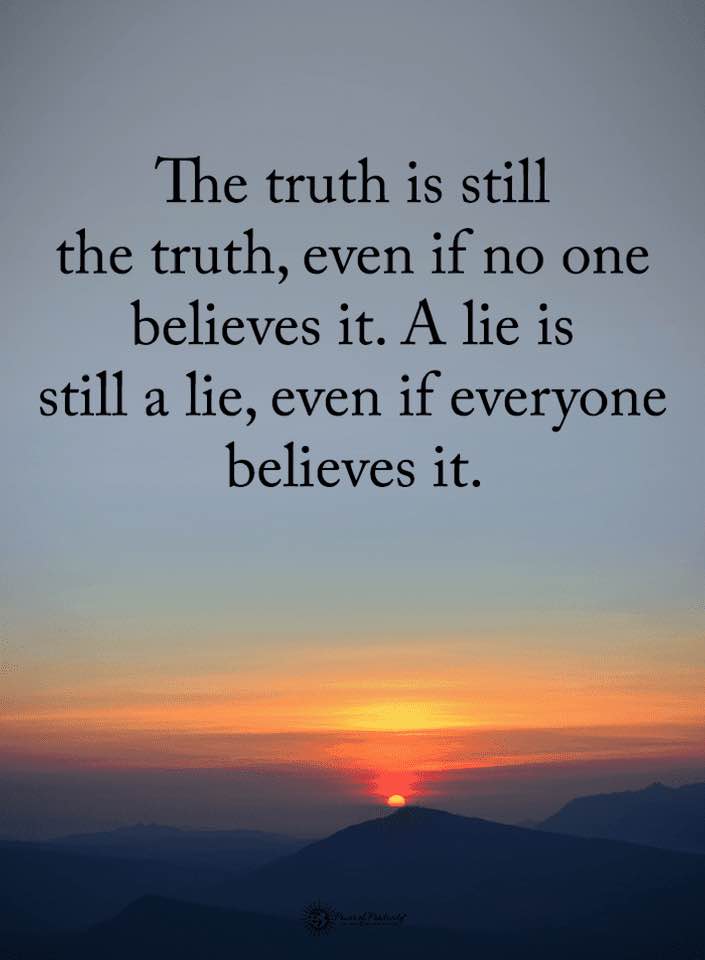Blog
Kenny Cox (November 8, 1940 – December 19, 2008) was a jazz pianist performing in the post bop, hard bop and bebop mediums. Cox was pianist for singer Etta Jonesduring the 1960s and was also a member of a quintet led by trombonist George Bohannon. By the end of the late 1960s he had formed his own Kenny Cox and the Contemporary Jazz Quintet, which recorded two albums for Blue Note Records before the end of the decade. Cox has appeared as a contributor on various albums, and has also performed live with such musicians as Rahsaan Roland Kirk, Eddie Harris, Jackie McLean, Roy Haynes, Ben Webster, Wes Montgomery, Kenny Dorham, Philly Joe Jones, Kenny Burrell, Donald Byrd, Roy Brooks, Charles McPherson, and Curtis Fuller. During the 1980s he formed the Detroit-based Guerilla Jam Band, a group which performed with Regina Carter, James Carter, Tani Tabbal, Jaribu Shahid, Ralph Miles Jones, Marc Silver, and Craig Taborn. Cox was responsible for the short-lived Strata Records.
He died in his Detroit home of lung cancer at the age of 68.
more...Friday November 8th 2024 6pm Music with Inbal Sharret-Singer, Jayson Rodovsky, Jeff Bailey, Pete Whitman and mick laBriola.
more...Drifting near the plane of our Milky Way galaxy these dusty molecular clouds seem to extend a helping hand on a cosmic scale. Part of a local complex of star-forming interstellar clouds they include LDN 1358, 1357, and 1355 from American astronomer Beverly Lynds’ 1962 Catalog of Dark Nebulae. Presenting a challenging target for astro-imagers, the obscuring dark nebulae are nearly 3,000 light-years away, toward rich starfields in the northern constellation Cassiopeia. At that distance, this deep, telescopic field of view would span about 80 light-years.

Bonnie Lynn Raitt ( born November 8, 1949) is an American blues rock singer, guitarist, and songwriter. In 1971, Raitt released her self-titled debut album. Following this, she released a series of critically acclaimed roots-influenced albums that incorporated elements of blues, rock, folk, and country. She was also a frequent session player and collaborator with other artists, including Warren Zevon, Little Feat, Jackson Browne, the Pointer Sisters, John Prine, and Leon Russell.
In 1989, after several years of limited commercial success, she had a major hit with her tenth studio album, Nick of Time, which included the song “Nick of Time“. The album reached number one on the Billboard 200 chart, and won the Grammy Award for Album of the Year. It has since been selected by the Library of Congress for preservation in the United States National Recording Registry. Her following two albums, Luck of the Draw(1991) and Longing in Their Hearts (1994), were multimillion sellers, generating several hit singles, including “Something to Talk About“, “Love Sneakin’ Up On You“, and the ballad “I Can’t Make You Love Me” (with Bruce Hornsby on piano). Her 2022 single “Just Like That” won the Grammy Award for Song of the Year.
As of 2023, Raitt has received 13 competitive Grammy Awards, from 30 nominations, as well as a Grammy Lifetime Achievement Award. She ranked No. 50 on Rolling Stone‘s list of the “100 Greatest Singers of All Time“ and ranked No. 89 on the magazine’s list of the “100 Greatest Guitarists of All Time.” Australian country music artist Graeme Connors has said “Bonnie Raitt does something with a lyric no one else can do; she bends it and twists it right into your heart.”
In 2000, Raitt was inducted into the Rock and Roll Hall of Fame. She has received the Icon Award from the Billboard Women in Music Awards and the MusiCares Person of the Year Award from The Recording Academy.
more...Minnie Julia Riperton Rudolph (November 8, 1947 – July 12, 1979) was an American soul singer and songwriter best known for her 1975 single “Lovin’ You“, her five-octave vocal range, and her use of the whistle register.
Born in 1947, Riperton grew up in Chicago‘s Bronzeville neighborhood on the South Side. As a child, she studied music, drama and dance at Chicago’s Abraham Lincoln Center. In her teen years, she sang lead vocals for the Chicago-based girl group The Gems. Her early affiliation with the Chicago-based Chess Records afforded her the opportunity to sing backing vocals for various established artists such as Etta James, Fontella Bass, Ramsey Lewis, Bo Diddley, Chuck Berry and Muddy Waters. While at Chess, Riperton also sang lead for the psychedelic soul band Rotary Connection from 1967 to 1971.
On April 5, 1975, Riperton reached the pinnacle of her career with her No. 1 single “Lovin’ You”. The single was the last release from her 1974 gold album titled Perfect Angel. In January 1976, Riperton was diagnosed with breast cancer; in April, she underwent a radical mastectomy. By the time of diagnosis, the cancer had metastasized and she was given about six months to live. Despite the prognosis, she continued recording and touring. She was one of the first celebrities to go public with a breast cancer diagnosis, but she did not disclose that she was terminally ill. In 1977, she became a spokesperson for the American Cancer Society. In 1978, she received the American Cancer Society’s Courage Award, which was presented to her at the White House by President Jimmy Carter. Riperton died of breast cancer on July 12, 1979, at the age of 31.
more...Russell Lamar Malone (November 8, 1963 – August 23, 2024) was an American jazzguitarist. He began working with Jimmy Smith in 1988 and went on to work with Harry Connick Jr. and Diana Krall throughout the 1990s.
Malone was born in Albany, Georgia, United States on November 8, 1963. He began playing at the age of four with a toy guitar that his mother bought him. He was influenced by B. B. King and The Dixie Hummingbirds. A significant experience for Malone was when he was 12 years old seeing George Benson perform on television with Benny Goodman. Malone was mostly self-taught.
Starting in 1988, he spent two years with Jimmy Smith, then three with Harry Connick Jr. In 1995, Malone became the guitarist for the Diana Krall Trio, participating in three Grammy-nominated albums, including When I Look in Your Eyes, which won the award for Best Vocal Jazz Performance. Malone was part of pianist Benny Green‘s recordings in the late 1990s and 2000: Kaleidoscope (1997), These Are Soulful Days (1999), and Naturally (2000). The two formed a duo and released the live album Jazz at The Bistroin 2003 and the studio album Bluebird in 2004. They toured until 2007.
more...Tango is usually played either por media (on the fifth string in A phyrgian, relative to the capo) or por arriba (on the fifth string in E phyrgian, relative to the capo). Its compas is a simple four-count, with accents on the 2, 3, and 4. This basic count is often grouped in sets of two or four, making for musical phrases in 8 or 16 counts. Though the accents on the 2, 3, and 4 can be combined in different ways, the one count is always de-emphasized.
more...This spectacular intergalactic skyscape features Arp 227, a curious system of galaxies from the 1966 Atlas of Peculiar Galaxies. Some 100 million light-years distant within the boundaries of the constellation Pisces, Arp 227 consists of the two galaxies prominent above and left of center, the shell galaxy NGC 474 and its blue, spiral-armed neighbor NGC 470. The readily apparent shells and star streams of NGC 474 are likely tidal features originating from the accretion of another smaller galaxy during close gravitational encounters that began over a billion years ago. The large galaxy on the bottom righthand side of the deep image, NGC 467, appears to be surrounded by faint shells and streams too, evidence of another merging galaxy system. Intriguing background galaxies are scattered around the field that also includes spiky foreground stars. Of course, those stars lie well within our own Milky Way Galaxy. The telescopic field of view spans 25 arc minutes or just under 1/2 degree on the sky.

Howard Rumsey (November 7, 1917 – July 15, 2015) was an American jazz double-bassist known for his leadership of the Lighthouse All-Stars in the 1950s.
Born in Brawley, California, United States, Rumsey first began playing the piano, followed by the drums and finally the bass. After jobs with Vido Musso and Johnnie Davis, Rumsey became part of Stan Kenton‘s first band. Rumsey soon left Kenton after an argument. He played with Charlie Barnet and Barney Bigard before taking a short hiatus from music. Following this absence, Rumsey returned to the Los Angeles jazz scene to form the group the Lighthouse All-Stars. For most of the 1950s this group played each Sunday at the Lighthouse Cafe in Hermosa Beach. During its lifetime, the Lighthouse All-Stars were one of the primary modern jazz institutions on the west coast, providing a home for many Los Angeles musicians.
more...David Spencer Ware (November 7, 1949 – October 18, 2012 Plainfield, NJ) was an American jazz saxophonist, composer, and bandleader. Ware’s debut album as a leader was recorded in 1977 – together with pianist Gene Ashton (aka Cooper-Moore) and drummer Marc Edwards – and released by HatHut in 1979. He performed and recorded with the groups of pianist Cecil Taylor and drummer Andrew Cyrille in the mid-late 1970s. He formed his own quartet in 1989. The group was originally composed of Ware, pianist Matthew Shipp, bassist William Parker, and drummer Marc Edwards. While Shipp and Parker were members for the group’s entire existence, the drum chair was later occupied by Whit Dickey, Susie Ibarra, and Guillermo E. Brown.
more...
Roberta Joan “Joni” Mitchell CC (née Anderson; born November 7, 1943) is a Canadian-American singer-songwriter, multi-instrumentalist, and painter. As one of the most influential singer-songwriters to emerge from the 1960s folk music circuit, Mitchell became known for her personal lyrics and unconventional compositions which grew to incorporate pop and jazz elements. Among her accolades are eleven Grammy Awards, and induction into the Rock and Roll Hall of Fame in 1997. Rolling Stone called her “one of the greatest songwriters ever”, and AllMusic has stated, “Joni Mitchell may stand as the most important and influential female recording artist of the late 20th century.”
Mitchell began singing in small nightclubs in Saskatoon and throughout western Canada, before moving on to the nightclubs of Toronto. She moved to the United States and began touring in 1965. Some of her original songs (“Urge for Going”, “Chelsea Morning“, “Both Sides, Now“, “The Circle Game“) were recorded by other folk singers, allowing her to sign with Reprise Records and record her debut album, Song to a Seagull, in 1968. Settling in Southern California, Mitchell helped define an era and a generation with popular songs like “Big Yellow Taxi” and “Woodstock“. Her 1971 album Blue is often cited as one of the greatest albums of all time; it was rated the 30th best album ever made in Rolling Stone‘s 2003 list of the “500 Greatest Albums of All Time“, rising to number 3 in the 2020 edition. In 2000, The New York Times chose Blue as one of the 25 albums that represented “turning points and pinnacles in 20th-century popular music”. NPR ranked Blue number 1 on a 2017 list of Greatest Albums Made By Women.
Mitchell began exploring more jazz-influenced ideas on 1974’s Court and Spark, which featured the radio hits “Help Me” and “Free Man in Paris“ and became her best-selling album. Mitchell’s vocal range began to shift from mezzo-soprano to that of a wide-ranging contralto around 1975. Her distinctive piano and open-tuned guitar compositions also grew more harmonically and rhythmically complex as she melded jazz with rock and roll, R&B, classical music and non-Western beats. Starting in the mid-1970s, she began working with noted jazz musicians including Jaco Pastorius, Tom Scott, Wayne Shorter, Herbie Hancock, and Pat Metheny as well as Charles Mingus, who asked her to collaborate on his final recordings. She later turned to pop and electronic music and engaged in political protest. She was awarded the Grammy Lifetime Achievement Award in 2002.
Mitchell produced or co-produced most of her albums and designed most of her own album covers, describing herself as a “painter derailed by circumstance”. A critic of the music industry, she quit touring and released her 19th and last album of original songs in 2007. She gave occasional interviews and made appearances to speak on various causes over the next two decades, though the rupture of a brain aneurysm in 2015 led to a long period of recovery and therapy. A series of retrospective compilations were released over the time period, culminating in the Joni Mitchell Archives, a project to publish much of the unreleased material from her long career. She returned to public appearances in 2021, accepting several awards in person, including a Kennedy Center Honor. Mitchell returned to live performance with an unannounced show at the June 2022 Newport Folk Festival and has made several other appearances since, including a headlining show in 2023.
more...What is sure is that over 900 large stone statues called moais exist there. The Rapa Nui (Easter Island) moais stand, on average, over twice as tall as a person and have over 200 times as much mass. It is thought that the unusual statues were created about 600 years ago in the images of local leaders of a vibrant and ancient civilization. Rapa Nui has been declared by UNESCO to a World Heritage Site. Pictured here, some of the stone giants were imaged last month under the central band of our Milky Way galaxy. Previously unknown moais are still being discovered.

more...
Arturo Sandoval (born November 6, 1949) is a Cuban-American jazz trumpeter, pianist, timbalero, and composer. While living in his native Cuba, Sandoval was influenced by jazz musicians Charlie Parker, Clifford Brown, and Dizzy Gillespie. In 1977 he met Gillespie, who became his friend and mentor and helped him defect from Cuba while on tour with the United Nations Orchestra. Sandoval became an American naturalized citizen in 1998. His life was the subject of the film For Love or Country: The Arturo Sandoval Story (2000) starring Andy García.
Sandoval has won 10 Grammy Awards, Billboard Awards and one Emmy Award. He performed at the White House[1] and at the Super Bowl (1995).
more...Douglas Wayne Sahm (November 6, 1941 – November 18, 1999) was an American musician, singer-songwriter, and multi-instrumentalist from San Antonio, Texas. He is regarded as a key Tex-Mex music and Texan Music performer. San Antonio’s conjuntoand blues and later the hippie scene of San Francisco helped create his blend of music, with which he found success performing in 1970s Austin, Texas.
He made his recording debut as “Little Doug” in 1955. In 1965, Huey P. Meauxproduced Sahm and the Sir Douglas Quintet’s “She’s About a Mover.” Atlantic Recordssigned Sahm and released his debut solo album Doug Sahm and Band in 1973. In 1989, Sahm formed the supergroup the Texas Tornados with fellow Tex-Mex musicians Augie Meyers, Freddy Fender and Flaco Jiménez. The Texas Tornados toured successfully, and one of their releases earned a Grammy Award. In 1999, Sahm died during a vacation trip.
more...More Posts
- The Cosmos with IC 4592
- Steve Williamson Day
- John Medeski Day
- David “Honeyboy” Edwards Day
- World Music with Steven Bodénès and Sylvain Hamon
- Daily Roots with Sanchez
- Music for Surviving the Pandemic and Realizing Racial Justice
- The Cosmos with M83
- Khadja Nin Day
- George Braith Day
- Johnny “Big Moose” Walker Day
- Elmo Hope Day
- World Music with Dudu Pukwana and the Spears
- Daily Roots with Sugar Black
- Music for Surviving the Pandemic and Realizing Racial Justice
- The Cosmos with NGC 5907
- Gilberto Gil Day
- Reggie Workman Day
- Big Bill Broonzy Day
- Flamenco Fridays with Camaron y Cepero


